Case Study: 99.01% On-Time Delivery For Life Science Logistics
The Value of On-Time Delivery in Life Science Logistics
4 min read
![]() The Excel Team
:
Apr 23, 2024 7:36:00 AM
The Excel Team
:
Apr 23, 2024 7:36:00 AM
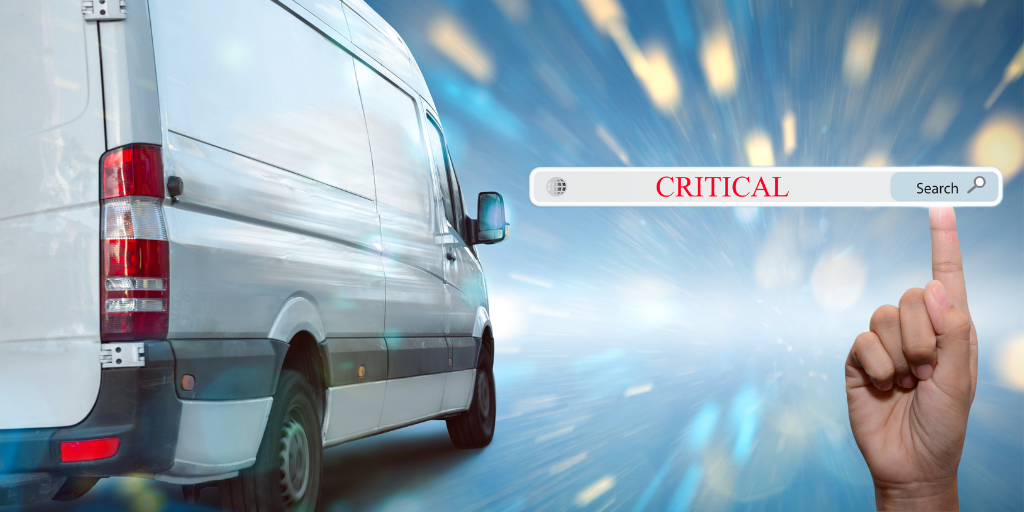
The rise of the Amazon-of-things has transformed the way consumers, shippers, and carriers think and operate. They even have a name for it! Amazonification.
We try not to compare time-critical courier services with Amazon, Uber, DoorDash, and similar e-commerce, retail, and last-mile companies. While important, they are separate segments of the delivery industry. However, costs and challenges experienced in both can also provide perspective. This insight is influenced by Layla Shaikley's Forbes article, 'Everything is Logistics, Especially the Last Mile Delivery.'
To summarize the article, Layla talks about how consumers expect super fast and cheap deliveries. The pandemic made them even more critical, and companies like Amazon set extremely high standards not only for what companies should be doing but also for what consumers are now expecting.
Last-mile and time-critical courier services differ in their focus, but both handle getting a package to its final destination.
Last-mile courier services deal with the final leg of a shipment's journey, typically from a distribution center to the customer's address. They prioritize efficiency and affordability, making them suitable for everyday deliveries like online orders. According to the article, last-mile delivery can account for a staggering 53% of total supply chain costs.
Time-critical courier services specialize in getting things there as fast as possible. They handle urgent deliveries that absolutely must arrive by a specific time, often at a premium cost. This could include medical supplies, legal documents, service and automotive parts, or critical airplane parts (AOG).
In today's world, customers expect fast deliveries, real-time updates, and a seamless experience, all at no extra cost. Many e-commerce companies have set the bar high, offering built-in delivery pricing and real-time tracking that obscures the true costs of last-mile logistics for consumers. The delivery costs are built into the product and membership's flat rate, which may give the impression of free delivery but is actually strewn across the supply chain. Plus, aren't most of us guilty of buying more to qualify for free delivery or because it's already included in the purchase?
According to Mark Stiving, Ph.D., founder of Impact Pricing, "the flat rate price lets the buyer know the maximum they will be liable for; the certainty is comforting." Although his example is about visiting an auto repair shop, the psychology of purchasing is quite similar.
There are a couple of reasons why the last mile in the supply chain often sees lower prices:
High competition: The last-mile delivery segment is crowded with providers, from major delivery companies like FedEx and UPS to independent contractors and gig workers. This competition drives down prices as companies fight for business, especially for smaller deliveries.
Focus on customer satisfaction: In today's e-commerce world, consumers expect fast and often free shipping. To stay competitive, businesses may subsidize the actual cost of last-mile delivery, even if it means lower profits on that specific service.
Even though competition drives last-mile delivery costs down overall, there are several factors that specifically push up the price for time-critical deliveries:
The higher cost reflects the importance of the delivery arriving on time and the potential consequences of a delay.
Businesses are willing to pay a premium for time-critical deliveries because they want to get things there fast. However, higher costs do not always equate to skyrocketing profits. The backend resources required to ensure quality service must be balanced with cost-sensitivity for clients.
Amazon has undoubtedly revolutionized the way consumers perceive and expect delivery services. As businesses navigate the ever-changing landscape of consumer demands and challenges, it is crucial for them to reassess their strategic goals. To remain competitive in the dynamic market of time-critical courier services, companies must embrace innovation and technology, diversify their service offerings, prioritize the customer experience, and streamline their operations for maximum efficiency.
By leveraging cutting-edge technology such as AI-powered route optimization and real-time tracking systems, time-critical courier companies can enhance the speed and accuracy of their deliveries. Offering a wide range of services tailored to meet diverse customer needs will not only attract a broader clientele but also strengthen the company's market position. Prioritizing customer experience through personalized interactions, transparent communication, and reliable service will build trust and loyalty among customers.
Optimizing operations, from warehouse management to delivery logistics, is essential for maximizing efficiency and reducing costs. By implementing lean practices, automating processes, and continuously monitoring performance metrics, companies can ensure smooth operations and timely deliveries. Overall, by embracing these strategies, time-critical courier services can adapt to the evolving demands of consumers and thrive in a competitive market.
While "Amazonification" has set high expectations for fast and cheap deliveries, the reality of time-critical services is different. These specialized services prioritize speed and reliability, requiring more resources and labor, justifying the premium cost. For companies navigating this landscape, innovation, diverse offerings, a focus on customer experience, and streamlined operations are key to remaining competitive and thriving in the fast-paced world of time-critical deliveries.
Are you a business in need of a reliable time-critical courier service? Contact Excel Courier today for a free quote and learn how we can tailor our services to meet your specific needs. We offer a wide range of options to ensure your urgent deliveries get there fast, safely, and on time.
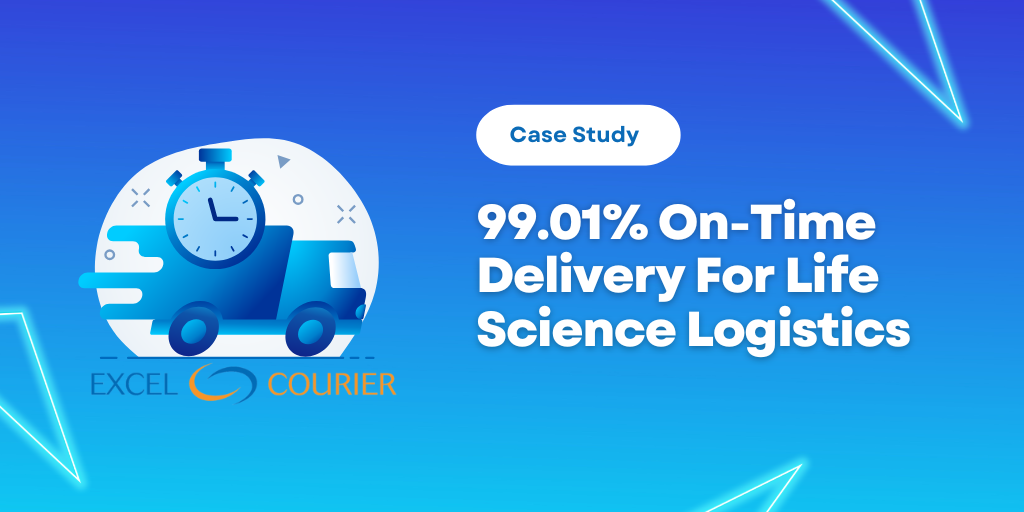
The Value of On-Time Delivery in Life Science Logistics
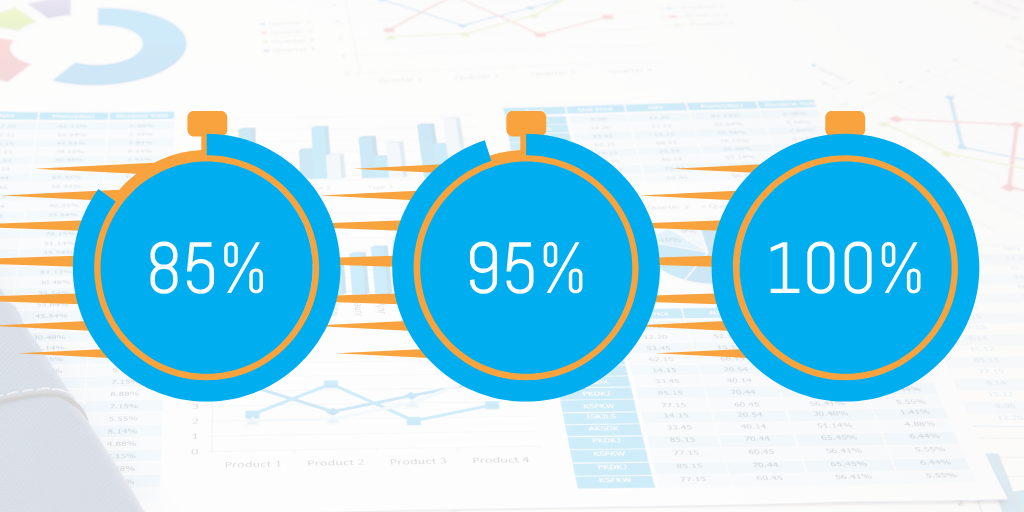
Understanding On-Time Delivery: A Benchmark for Courier Success
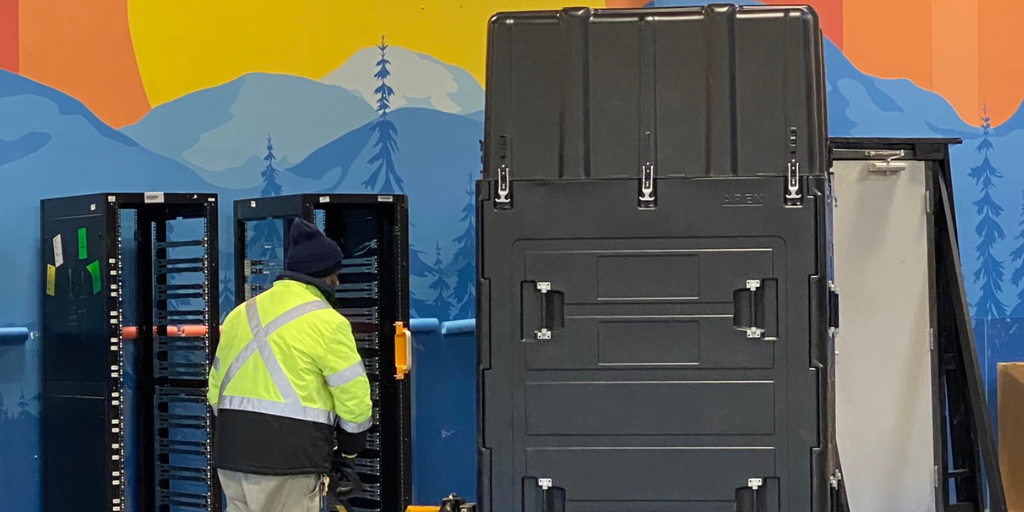
Data Center Moves: A Look at Server Rack Relocation Data centers are everywhere, especially if you are in Loudoun County, Virginia, aka 'Data...
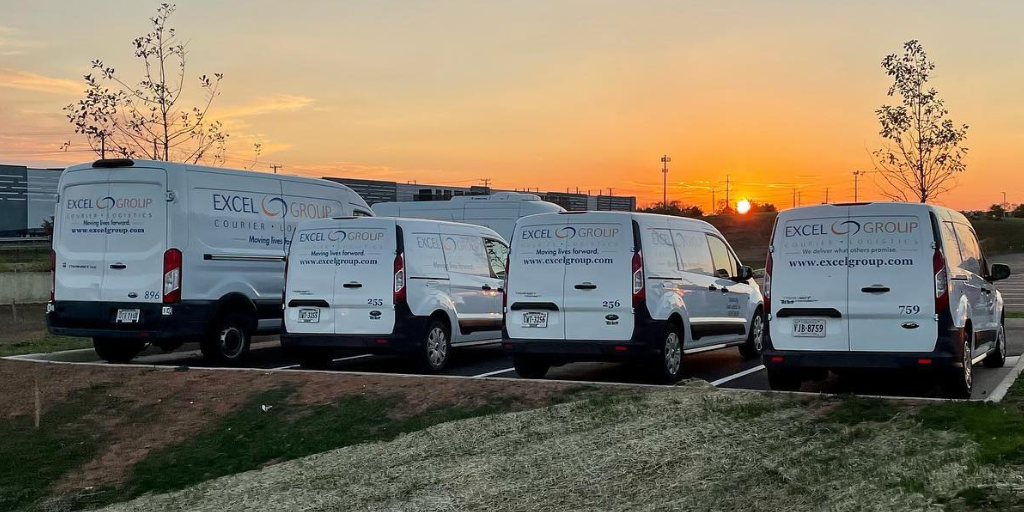
6 min read
Why Use a Courier Service? Need a faster, more reliable way to get your packages, documents, or critical goods where they need to be? Look no further...

6 min read
Investing in A Courier Service that Prioritizes Quality Driver Training If you're a company with your own delivery operations, you know...
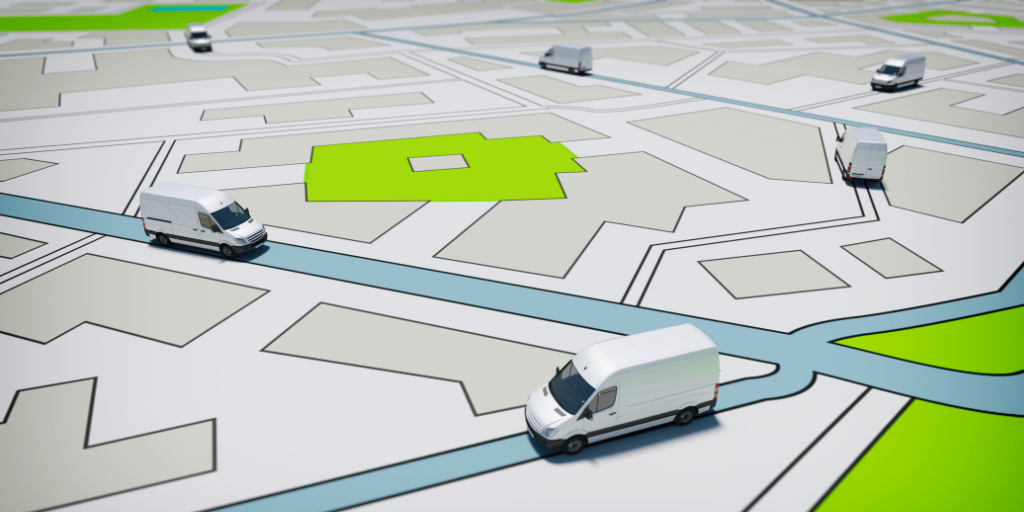 Read More
Read More